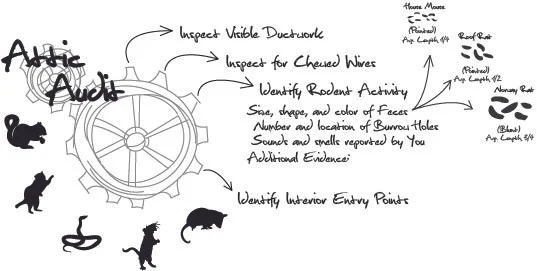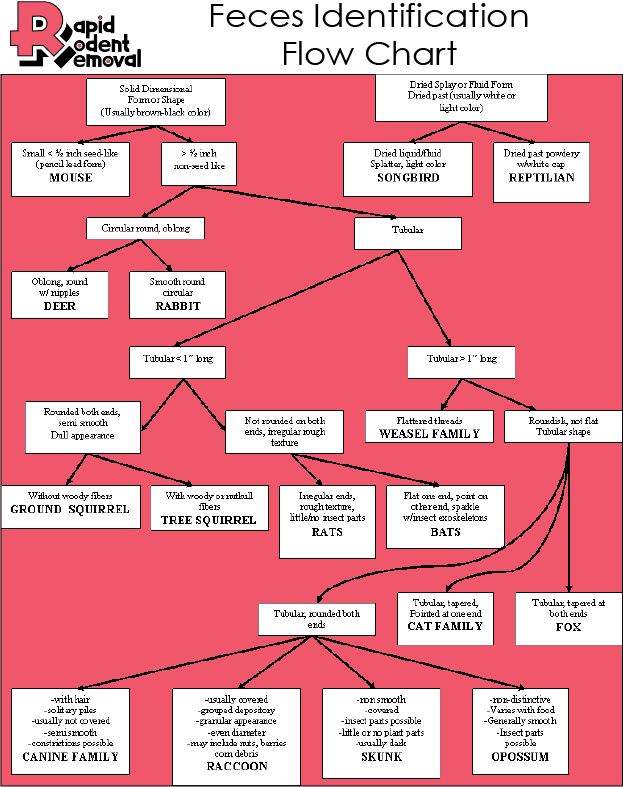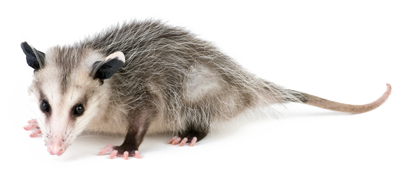Are Raccoons Rodents?
Are Raccoons Rodents?
Introduction
Have you ever spotted a raccoon rummaging through your garbage and wondered if it's a rodent? In this article, we'll explore the differences and similarities between raccoons and rodents, discuss their characteristics, and answer the question, "are raccoons rodents?" Let's dive in!
What are Rodents?
Rodents are a diverse group of mammals that belong to the order Rodentia. This order includes more than 2,000 species, such as mice, rats, squirrels, and beavers.
Characteristics of Rodents
Some common characteristics of rodents include:
A pair of continuously growing incisors in both the upper and lower jaws
Gnawing behavior to wear down their incisors
Herbivorous or omnivorous diet
Diverse range of habitats
What are Raccoons?
Raccoons, scientifically known as Procyon lotor, are medium-sized mammals native to North America. They're known for their distinctive facial markings, bushy tails, and high level of intelligence.
Characteristics of Raccoons
Some common characteristics of raccoons include:
Mask-like black fur around their eyes
Ringed tail with alternating light and dark bands
Omnivorous diet
High intelligence and problem-solving abilities
Nocturnal behavior
Raccoons vs. Rodents
Although raccoons and rodents share some similarities, they are, in fact, different in terms of their taxonomy, teeth and jaw structure, diet, and behavior.
Order and Family
Raccoons belong to the order Carnivora and the family Procyonidae. This family includes other animals like coatis, kinkajous, and olingos. On the other hand, rodents belong to the order Rodentia.
Teeth and Jaw Structure
Rodents have two pairs of constantly growing incisors that they use for gnawing. Raccoons, however, have a set of 40 teeth that includes sharp canine teeth, which they use for tearing food, and molars for grinding.
Diet
While many rodents are herbivorous, raccoons are omnivorous. Raccoons have a diverse diet that includes insects, fruits, vegetables, and small animals, while rodents mainly consume plant-based foods.
Behavior
Raccoons are known for their intelligence, dexterity, and problem-solving abilities. They can open containers and doors to access food, which sets them apart from most rodents.
Raccoon Relatives
Raccoons are most closely related to other members of the Procyonidae family, including the ringtail, coati, and kinkajou. These animals share similar features, such as ringed tails and masked faces, but they are not rodents.
Raccoons in Popular Culture
Raccoons have made their way into popular culture, with characters like Rocket Raccoon from Marvel's Guardians of the Galaxy
and RJ from the animated movie Over the Hedge. These characters showcase the intelligence, dexterity, and curiosity of raccoons, capturing the essence of their real-life counterparts.
Raccoon Problems and Solutions
As raccoons adapt to urban environments, they can become a nuisance to homeowners due to their curiosity, intelligence, and ability to access food sources.
Nuisance Wildlife
Raccoons are often considered nuisance wildlife because they can cause property damage, raid garbage bins, and spread diseases like rabies. They're also known for taking up residence in attics, chimneys, and crawl spaces, which can lead to further damage and potential health risks.
Pest Control Methods
If you're dealing with a raccoon problem, there are various methods you can use to deter or remove them from your property, including:
Secure garbage bins with tight-fitting lids or bungee cords
Remove outdoor pet food and water dishes at night
Trim tree branches that provide access to your roof or attic
Seal potential entry points to your home
Use humane traps and relocation methods
Consult with a professional wildlife removal service if the problem persists
Conclusion
So, are raccoons rodents? The answer is no. Although they share some similarities with rodents, raccoons belong to a different order and family within the mammal classification. With their distinctive features, intelligence, and adaptability, raccoons are fascinating creatures that continue to capture our curiosity and attention.
FAQs
What is the primary difference between raccoons and rodents?
Raccoons belong to the order Carnivora and the family Procyonidae, while rodents belong to the order Rodentia.
Are raccoons dangerous to humans?
Raccoons can carry diseases like rabies and parasites that pose risks to humans. It's best to avoid close contact with raccoons and ensure your home and surroundings are not attractive to them.
What do raccoons eat?
Raccoons are omnivorous and have a diverse diet that includes fruits, vegetables, insects, and small animals.
Can raccoons be kept as pets?
It's generally not recommended to keep raccoons as pets due to their wild nature, potential to carry diseases, and the legal restrictions in many areas.
How can I deter raccoons from my property?
Secure garbage bins, remove outdoor pet food and water dishes at night, trim tree branches near your home, and seal potential entry points to deter raccoons from your property.
All About Animals …
Suspendisse nec congue purus. Aenean eu justo sed elit dignissim aliquam. Suspendisse nec congue purus. Class aptent taciti sociosqu ad litora torquent per conubia nostra, per inceptos himenaeos.
RATS
SQUIRRELS
RACCOONS
OPOSSUMS
SNAKES
BATS
WILDLIFE REMOVAL
articles:
What does a rat nest look like ?
What is a Squirrel King











